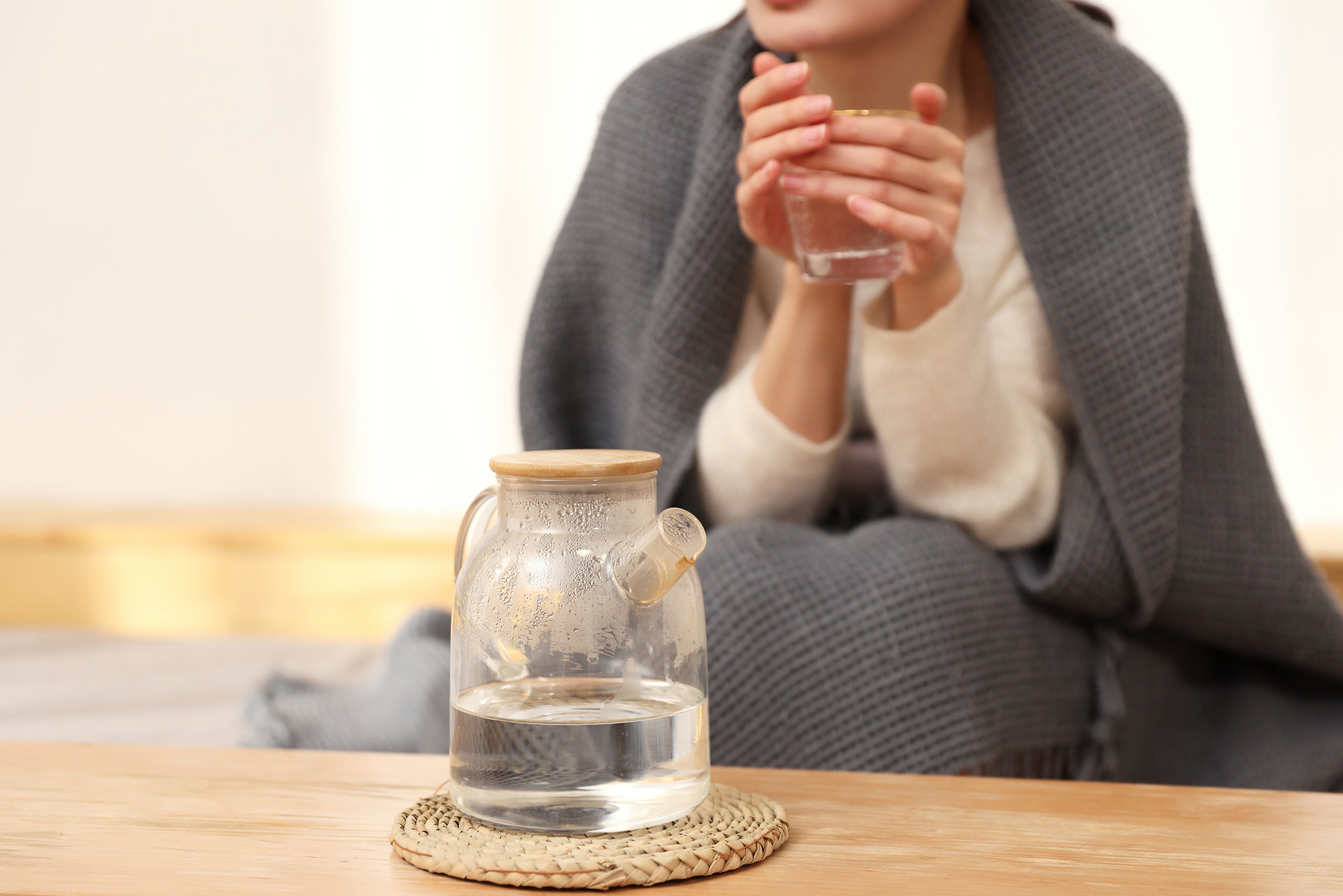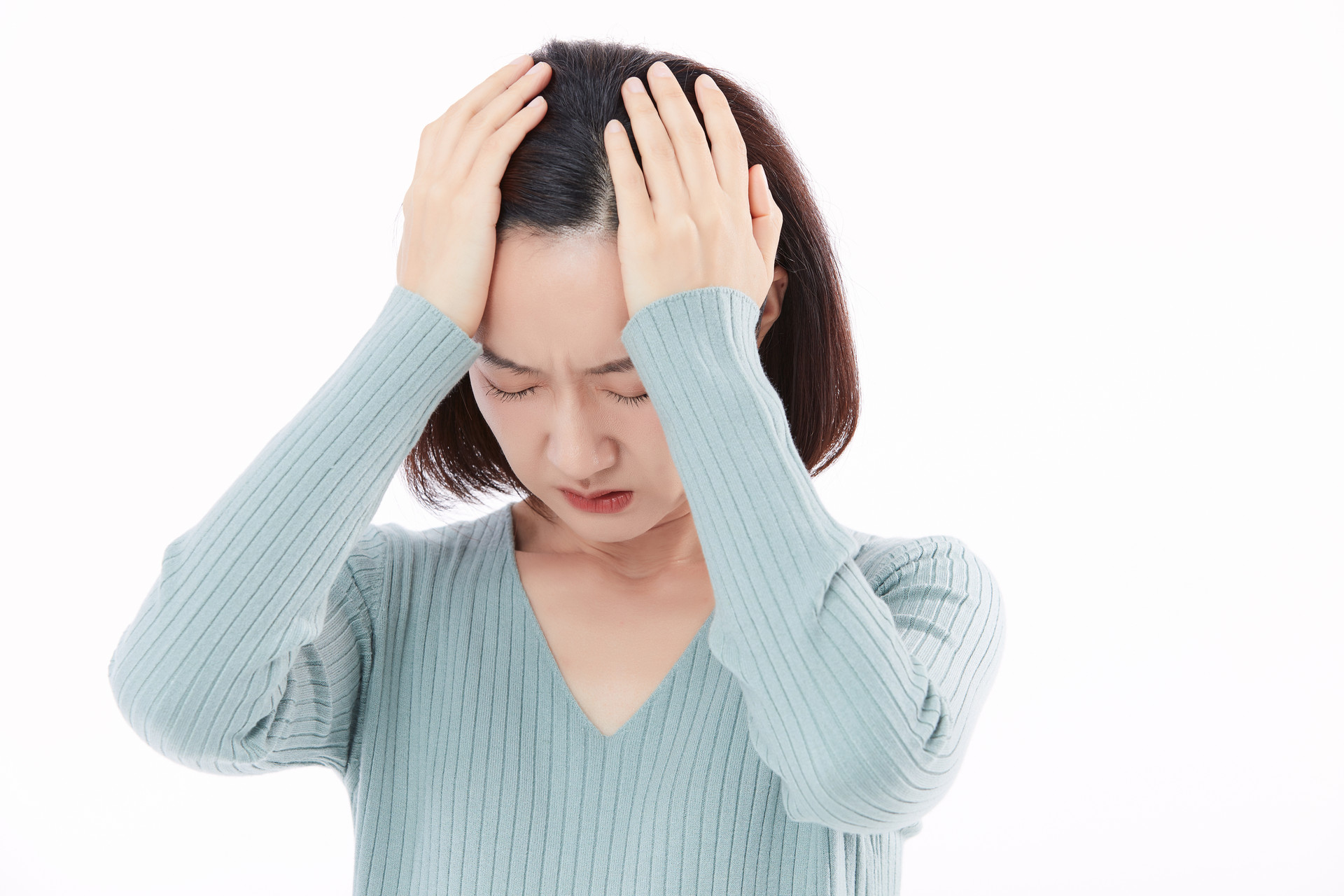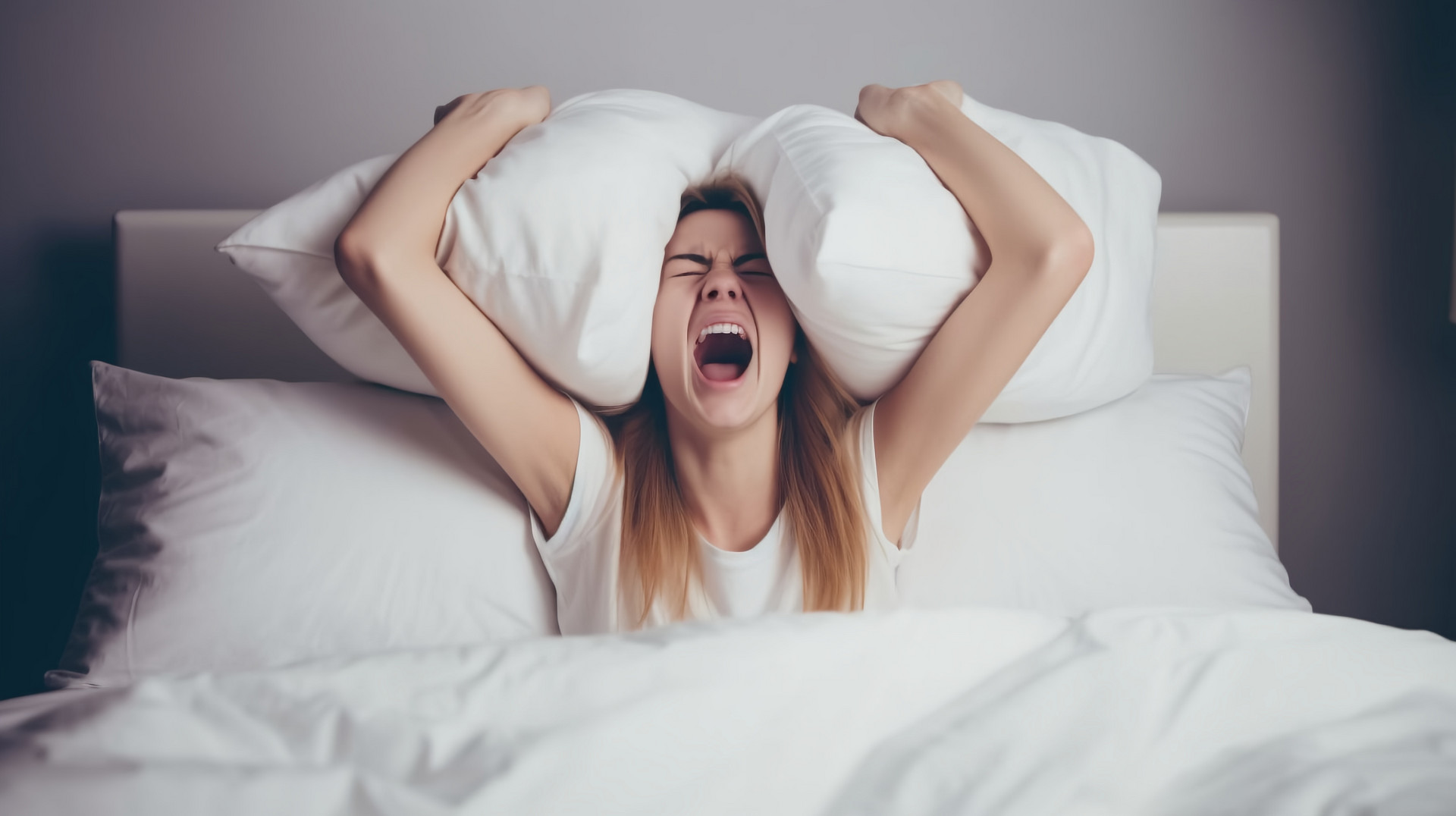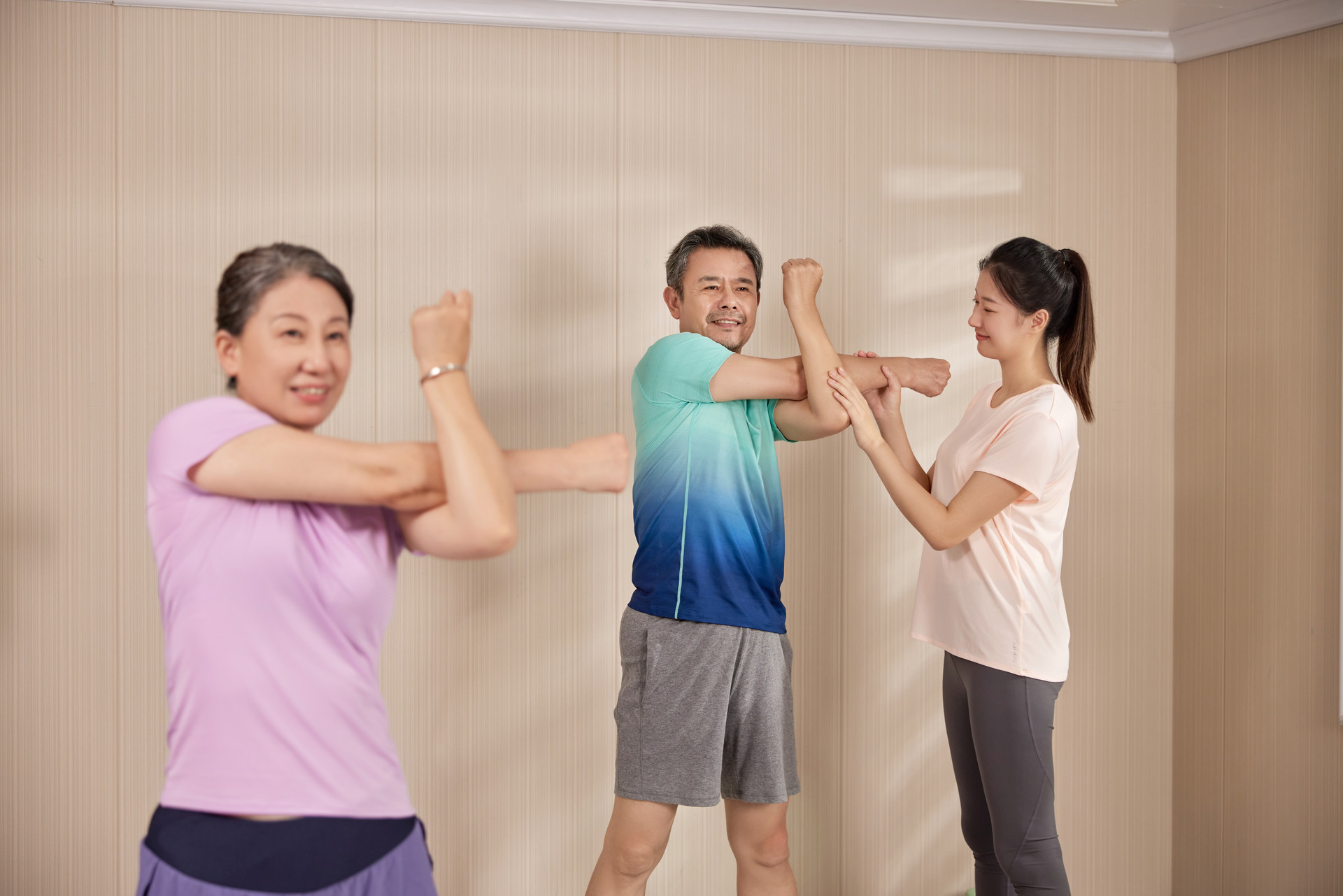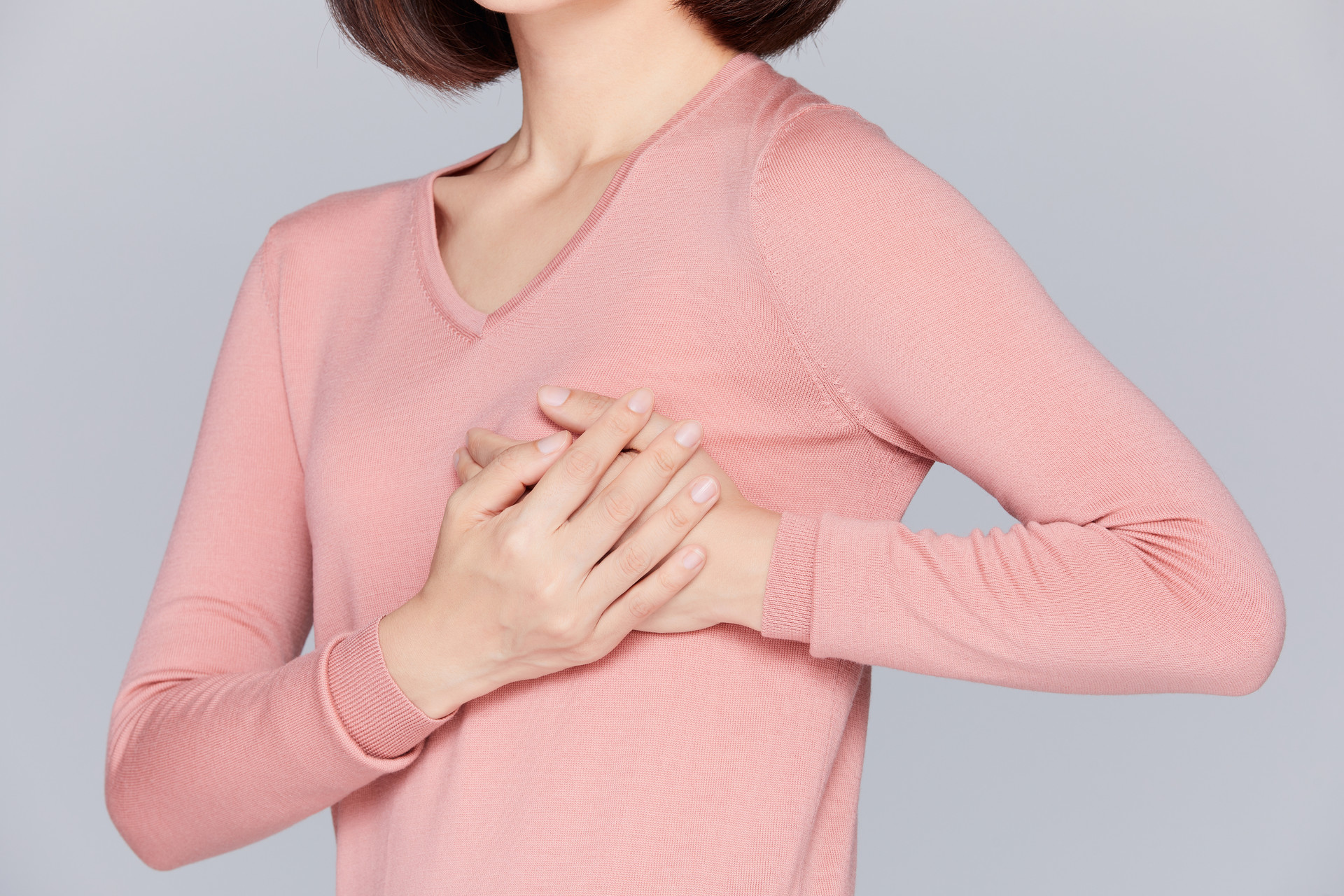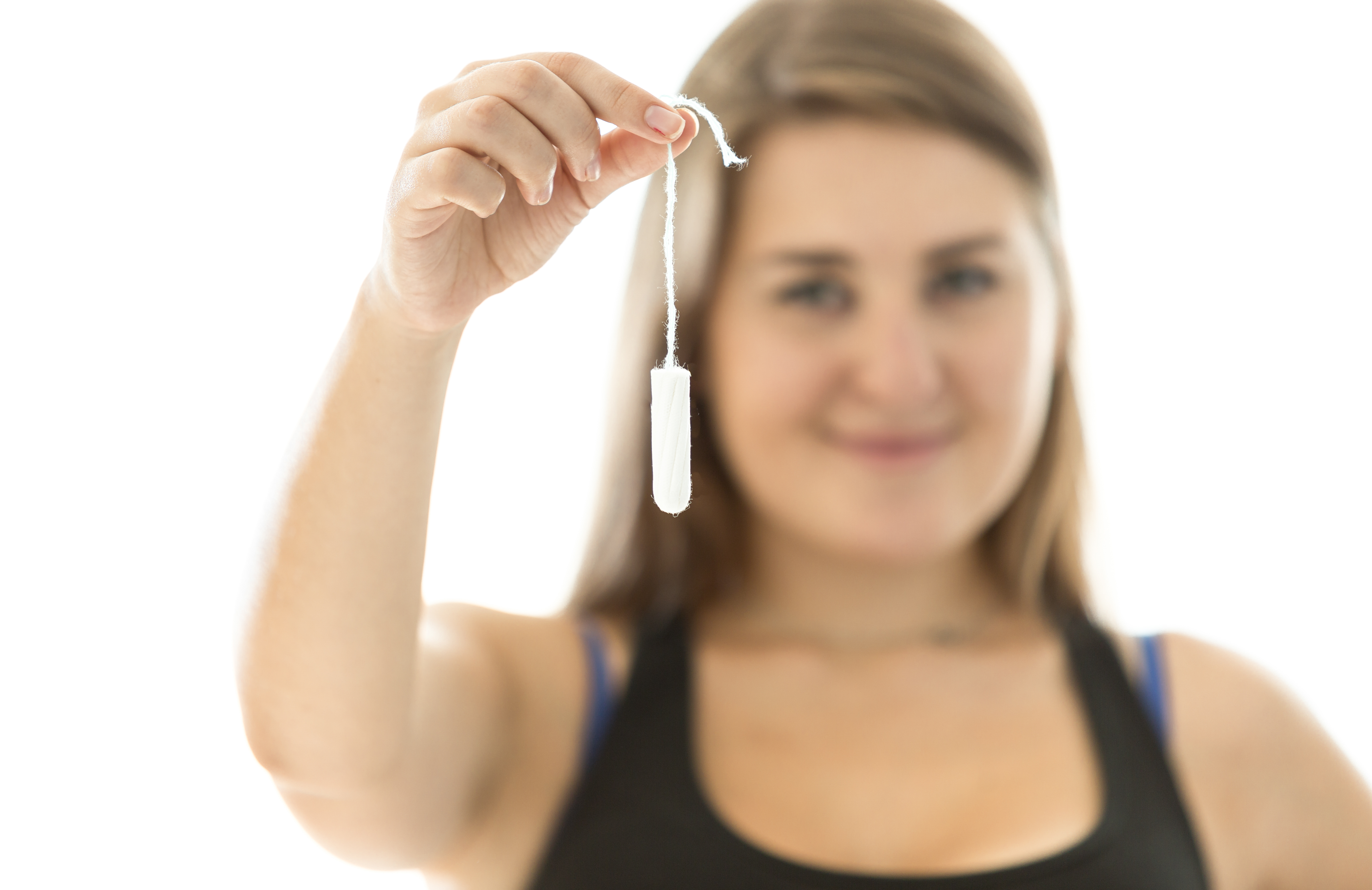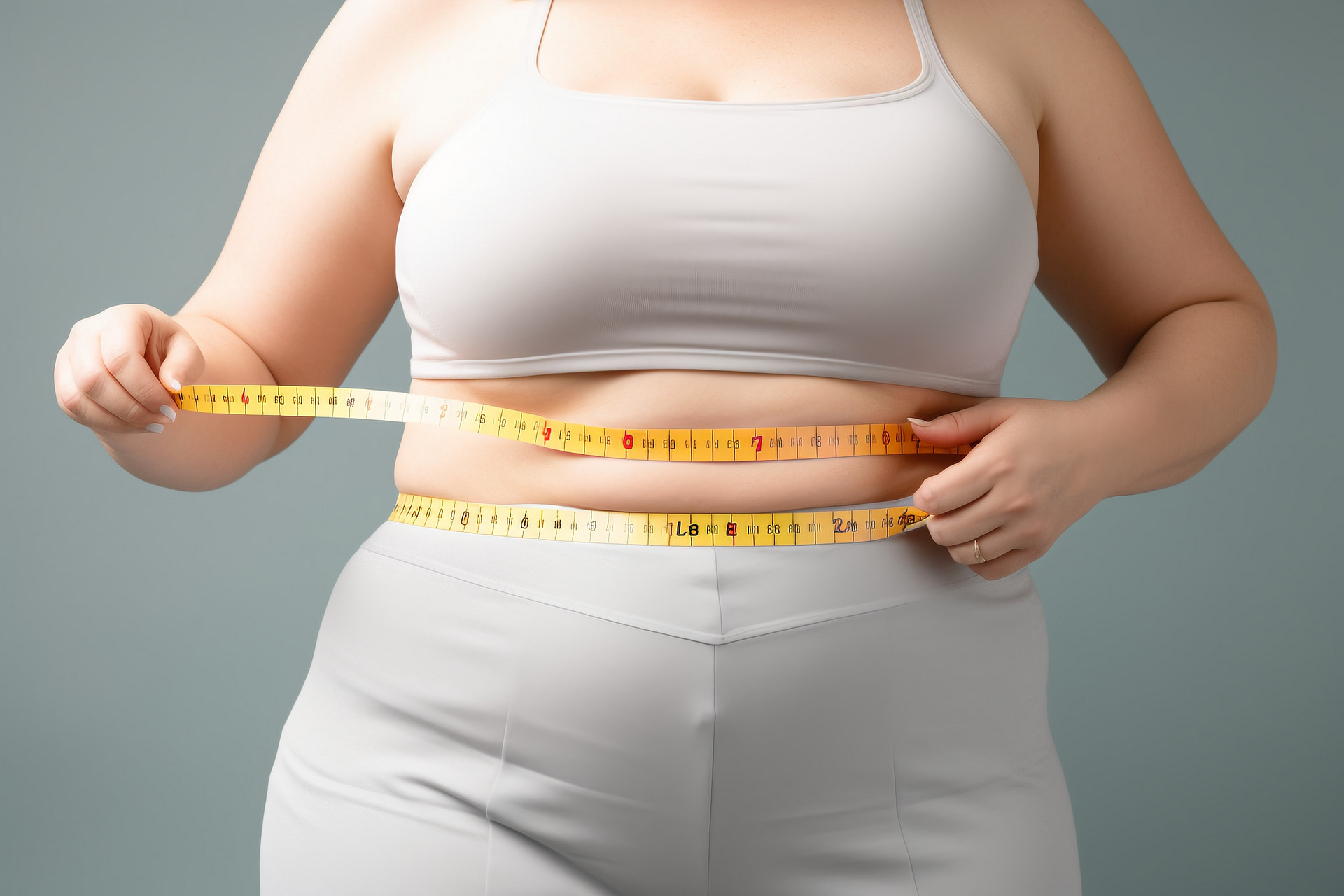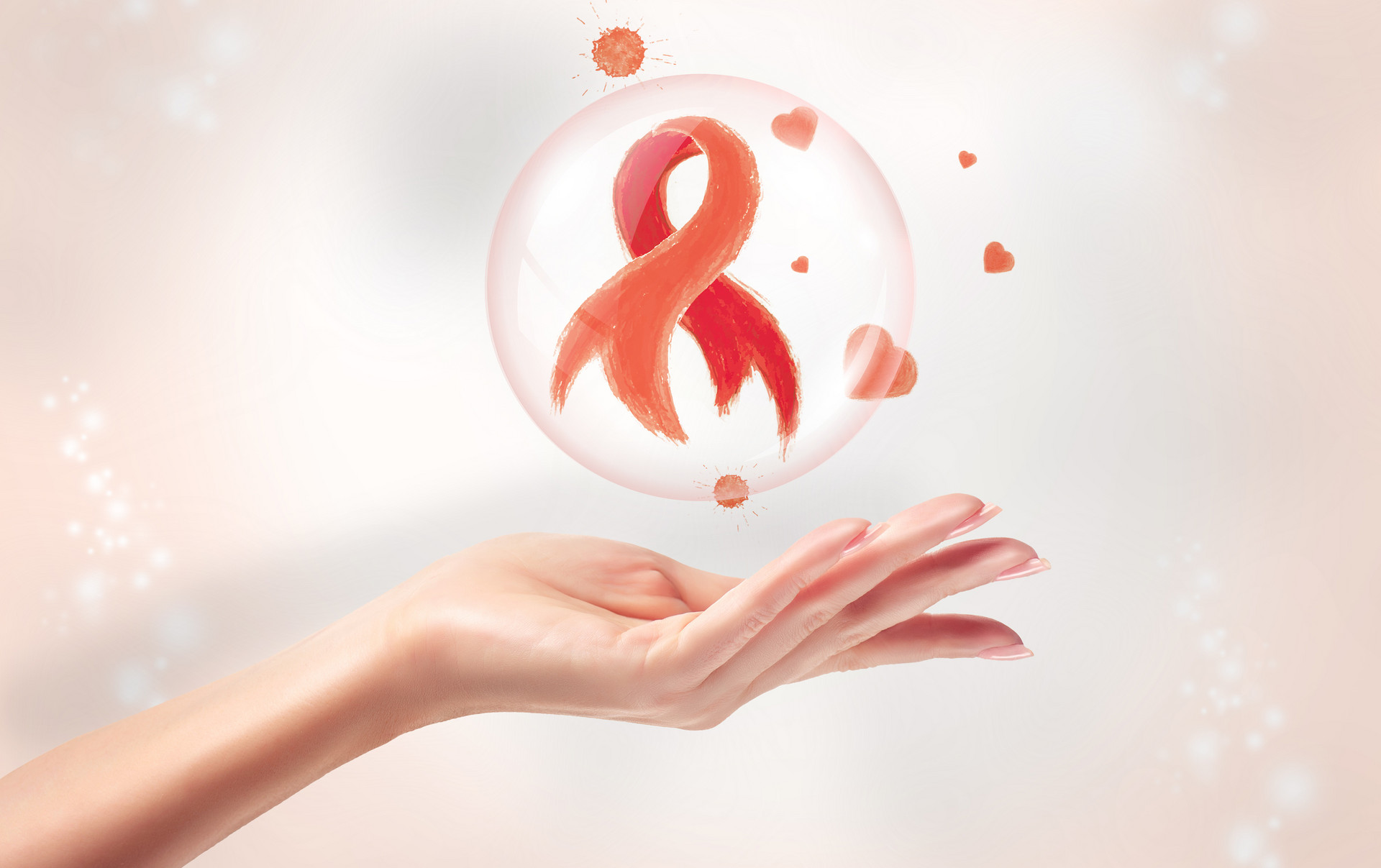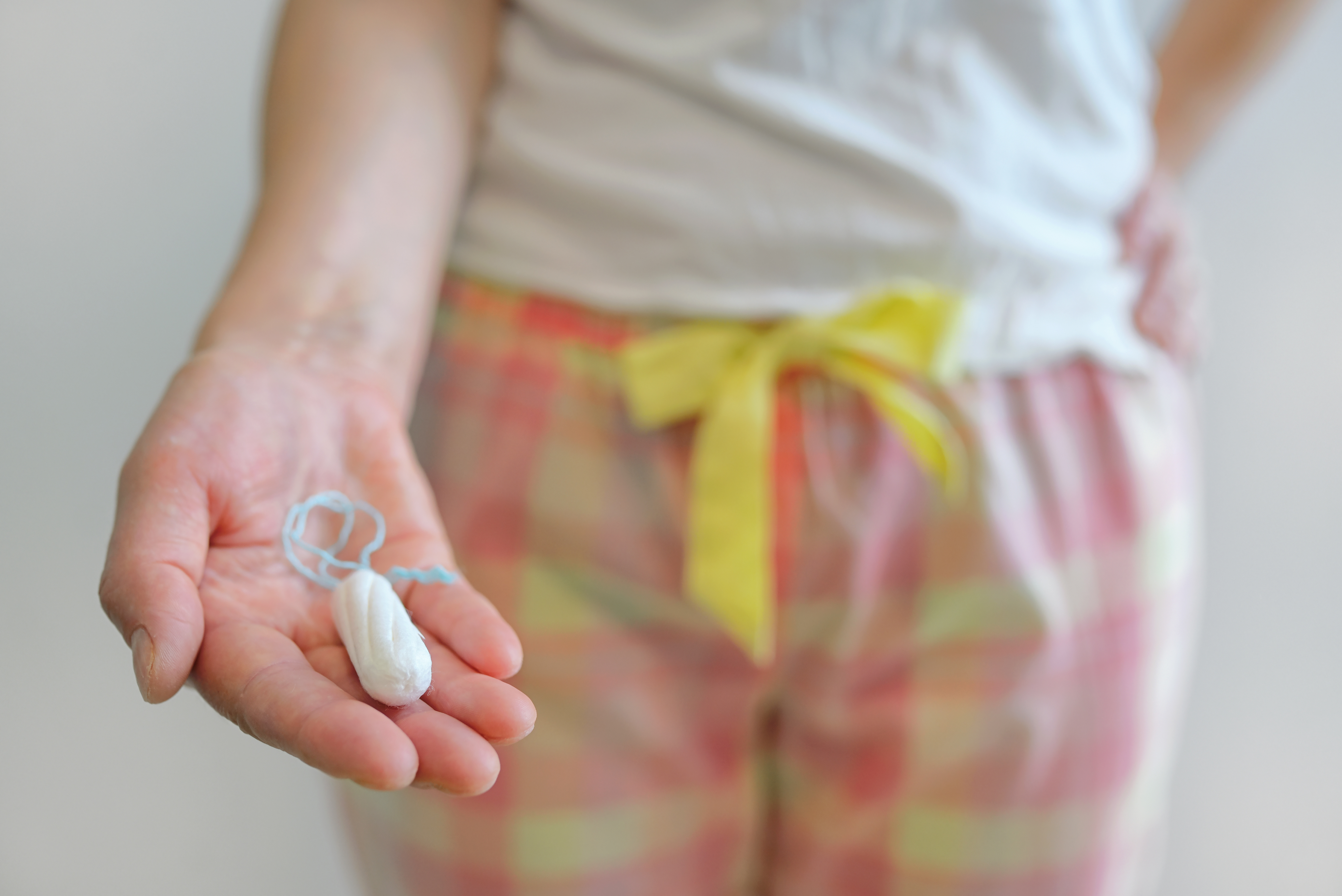Girls entering puberty undergo a series of physiological changes. Therefore, they should reduce intense and high-intensity jumping and choose sports that are competitive and entertaining for exercise, which is beneficial for the development of adolescent girls. There are many suitable activities for girls to exercise, such as swimming, martial arts, table tennis, badminton, and long-distance running. However, the most suitable exercises for girls' psychological and physiological characteristics are aerobics, kicking shuttlecock, jumping rope, and skipping. Participating in these activities requires low environmental and conditional requirements, and they are both economical and easy to carry out.
Aerobics, also known as modern rhythm exercises, are performed under beautiful melodies using various body positions and hand movements to express oneself. It has a moderate exercise load, elegant movements, various variations, high freedom, and strong entertainment. It can be practiced alone or in groups, suitable for people with strong physical fitness as well as those with weak physical fitness. Long-term participation in aerobics can help girls develop flexibility, coordination, agility, and endurance. It also has a good effect on shaping girls' beautiful postures, cultivating rhythm sense, and improving body expression and musical literacy.
Kicking shuttlecock involves standing on one foot to support the body, which is actually an exercise to improve stability. Kicking shuttlecock with the inner side, outer side, and top of the foot can exercise the flexibility and agility of the ankles, knees, hips, waist, and neck. The continuous movement of both hands serves as a balance and coordination exercise for the shoulders and elbows. Kicking shuttlecock requires coordination between the eyes and legs, which is an excellent exercise for the command ability of the nervous system. During kicking shuttlecock, breathing deepens and accelerates, blood circulation strengthens, and metabolism is promoted. Adding various patterns such as turning, kicking, balancing, jumping, and catching while kicking shuttlecock makes it more interesting.
Jumping rope has many jumping styles and techniques, from low to high, gradually moving up from the bottom to the top, only moving up one level after completing the previous level. There are also many variations in jumping postures, such as double jump, single jump, and fancy jump.
When jumping rope, the higher the rope is held, the more difficult the jump, and of course, the greater the effect on exercising the body. It has a particularly significant impact on the flexibility of the waist and legs and the flexibility of various joints. This activity mainly involves jumping movements, which can exert certain pressure on the lower limb bones, allowing them to receive more blood and nutrition. It has a good preventive effect on preventing the curvature of the lower limb bones and the formation of flat feet in girls.
Jumping rope mainly involves the movement of the limbs. Both feet jump, both wrists rotate, the shoulders, back, waist, abdomen, hips, thighs, calves, and various joints of the feet all participate in the activity. As a result, the blood circulation in the whole body accelerates, receiving more oxygen and nutrients. At the same time, it puts strong pressure on the lower limb bones, which has a significant effect on promoting bone growth. When self-jumping, the close coordination of the upper and lower limbs is required, so it has significant benefits in improving the coordination and flexibility of the nervous system.
Whether participating in aerobics, kicking shuttlecock, jumping rope, or skipping, all of these exercises involve rhythmic movements, continuous contraction and relaxation of muscles, thus providing good exercise for the cardiovascular and respiratory systems.


